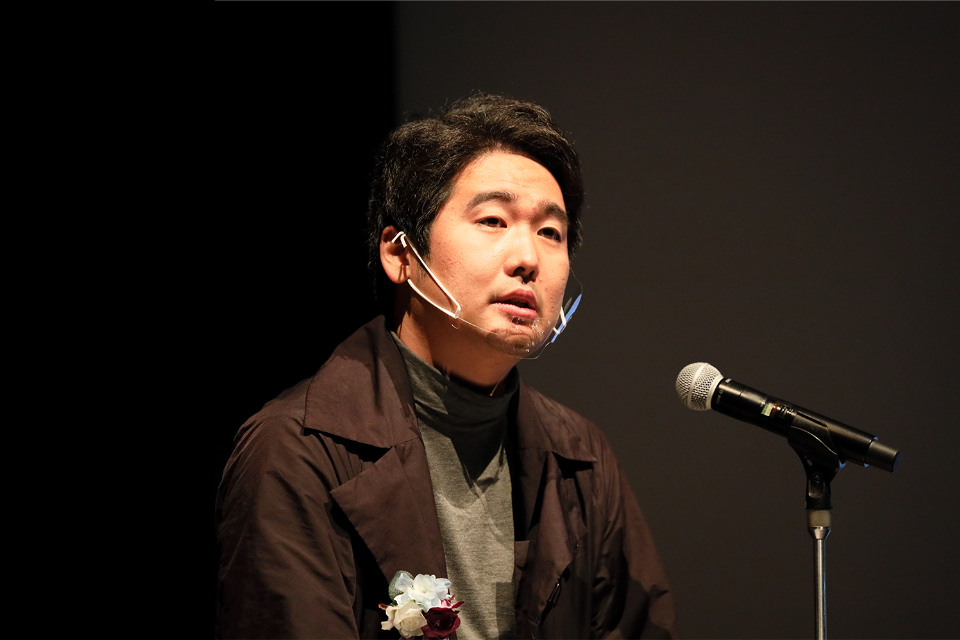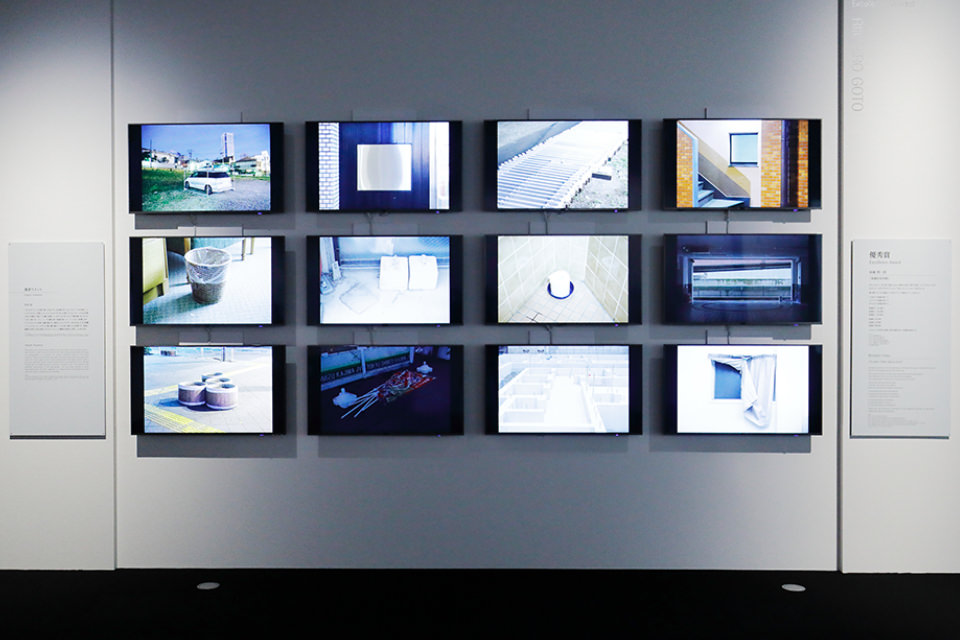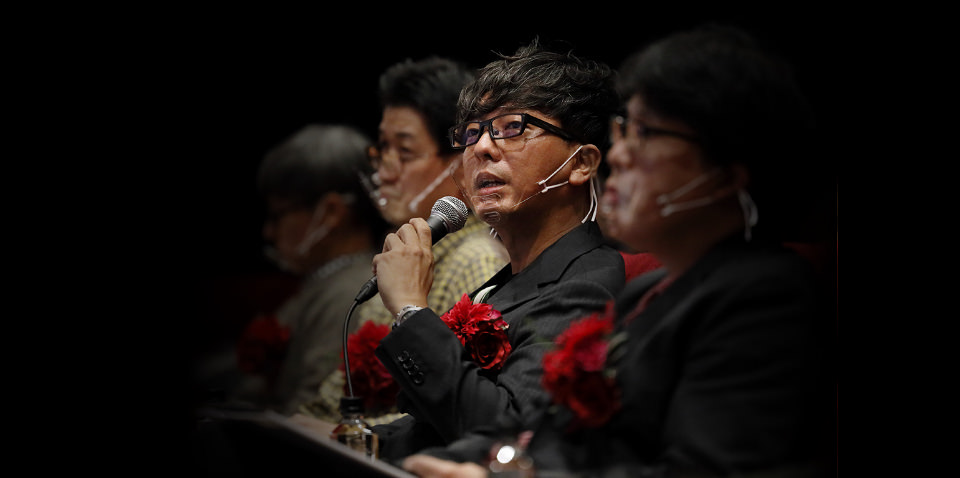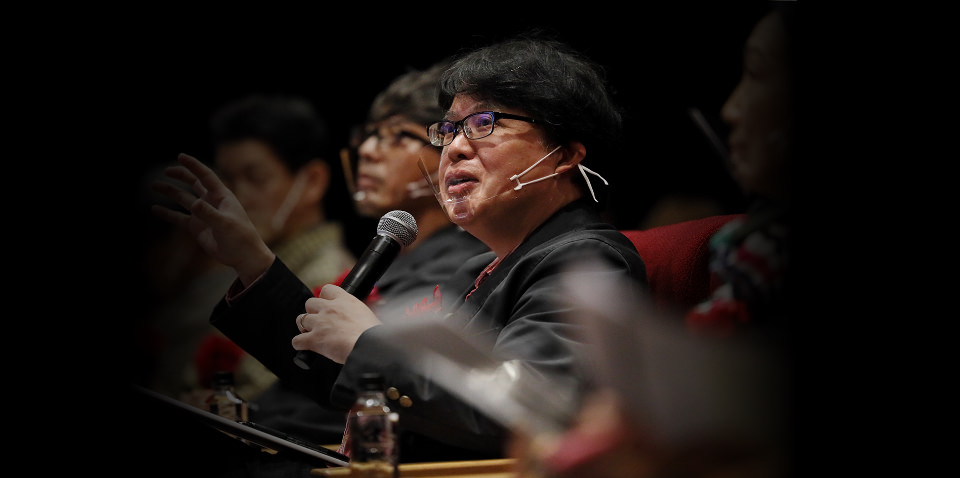PRESENTATION
I decided to make universal landscapes, the types that we all see in the streets, the subject of my photographs. While pondering on the images that we look back at twice but never share with anyone, or can't share with anyone for some reason — images seemingly lying between dreariness and excitement — I realized I had been taking photos every day for five years.
I think our minds are suffering from “fun fatigue”. I believe we are living in an emotionally stunted era, an era in which we are flooded with images of people and scenes every time we open our smartphones, and yet no matter what happens, no matter how compelling the things on offer are, they arouse little or no interest. You travel across the sea to take in the most spectacular sight, yet you think it looks better in pictures. A celebrity hailed on social media delivers a profound and poignant statement, but an hour later you've forgotten all about it. You witness a crucial, decisive moment, and you merely yawn: “What's the big deal?”
I work in television program production as a director. All year round I seek out and watch all kinds of interesting people, news, and products. But at times, they seem so tedious and even the way we amuse ourselves feels so conventional and desperate. Conversely, when I gaze at an ordinary, dreary sight, I have the sensation of being drawn into the scene. I feel as if my soul, once numbed by fascination, has been brought back to life, and I click the shutter in hope of never forgetting the landscape.
It's hard to convey what the criteria are for pointing a camera at something. But I think it's similar to bumping into someone who believes they are boring, the type of person who hesitates to post on social media. Yet as you listen to their story, you sense in that person a universal strength. Walking around in search of encounters with things and sights revives a forgotten sense of adventure. It's a sensation akin to breathing, an essential part of life.


The fear of the unseen came up as a topic during our judging, partly because of COVID-19. Although we can see the scenes in your work, there is a sense of humor in it, and the fact that it contains a type of narrative that has us consider the future is what made me enjoy this work.

I have two questions. First, your works capture singular, material scenes that appear only in one place. So how can you call them universal? Second, in your title “FUHEN TEKI SEKAI KAN”, why did you choose the Japanese character for “feeling” for kan rather than the usual character for “view”?
(Goto)
I photograph things that catch my eye while I'm walking around. I consciously avoid overtly interesting signs or billboards and look for things at a lower level. It is this deliberation that, for me, becomes universal. I decided to use the character for “feeling” in “SEKAI KAN” because my way of viewing the world is by “feeling” the mood and the scene.

Judges’s Comment
Takashi Yasumura (selector)
You do not attempt to capture compelling moments in your photos. Instead, their off-peak bluntness is perfectly suited for photography, providing a refined purity that dawns on you as you look closer.
Your exhibition plan, consisting of a 12-monitor display, is quite different from your initial book. I presume you went this route because you wanted to display all the photos. However, the fade-ins and fade-outs for each photo were a curious choice. To me, it would have been better to do without the gradually dimming and brightening. Why did you add this effect?
(Goto)
I wanted to give the viewer the sensation of being on a walk, where all sorts of things come into sight and catch your eye. So I added the effect with the idea of having each photo arrive gracefully into the viewer's consciousness.